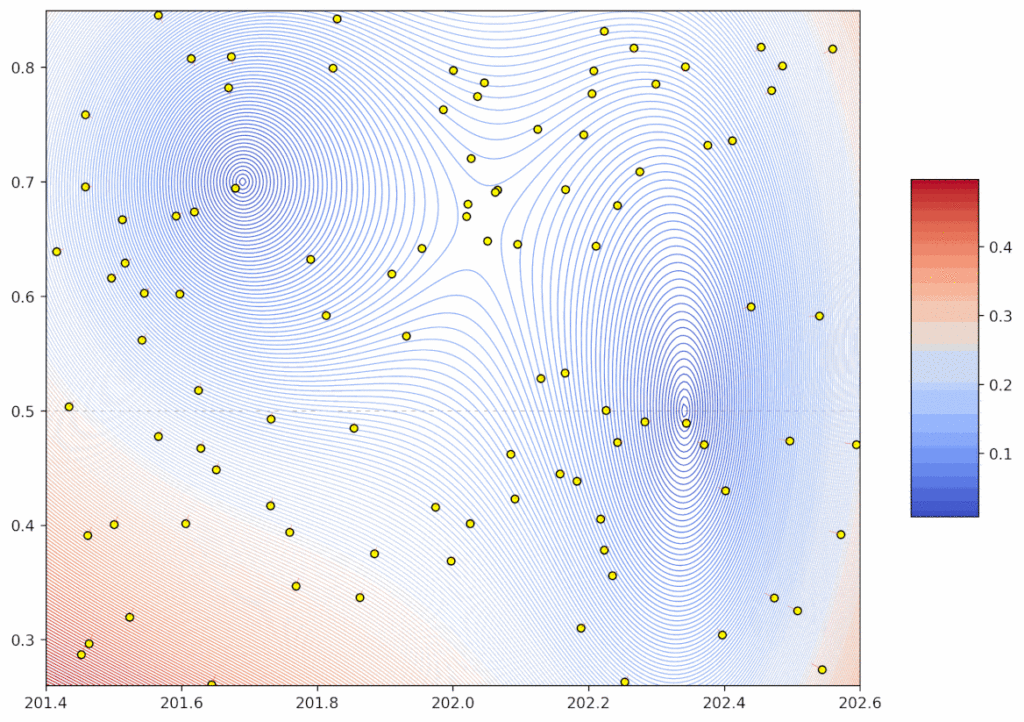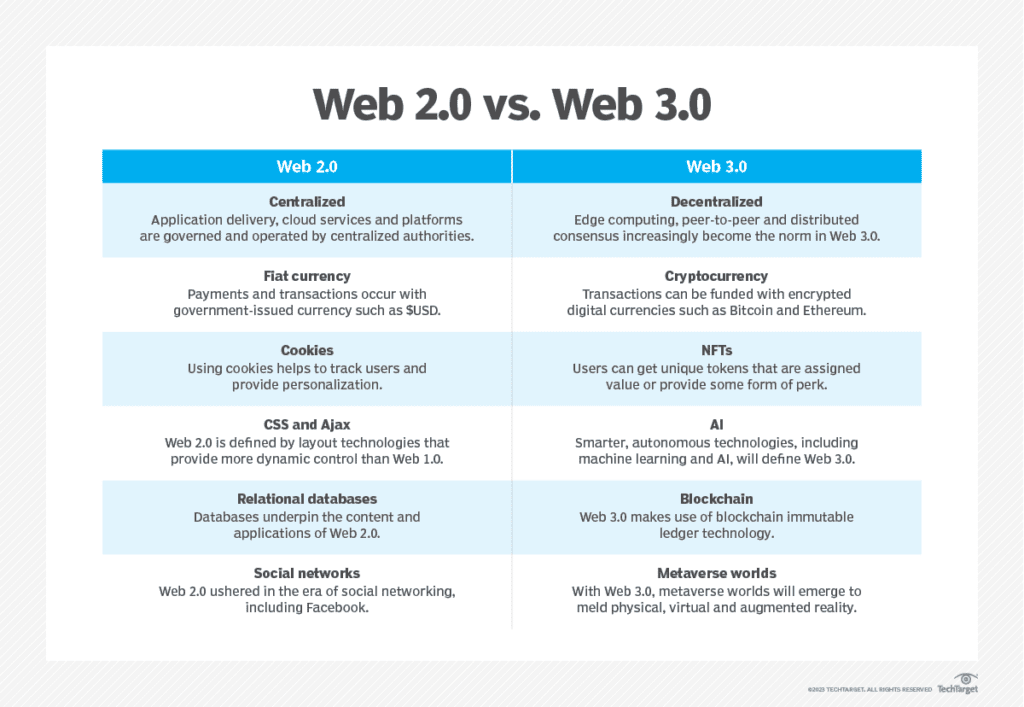Announcements
- Data-centric business models require organizations to manage their underlying data closely with governance and data quality initiatives that meet compliance and data integrity goals. At the Improving Data Management summit, learn from top industry experts and solution providers how to elevate your data management strategies with data governance and quality tools and platforms, the creation of data catalogs and business glossaries, data mapping and classification, workflow management, collaboration, process documentation, profiling, cleansing, and standardization.
- The emergence of the data-centric enterprise, combined with the constant threat of cyber-attacks and rapid adoption of cloud computing, makes data protection a top concern for IT leaders. At the Data Protection for the Digital Enterprise summit, learn from top industry experts and solution providers about the ways you can leverage data protection technologies across cloud environments, not only ensuring that data is backed up and secure, but that your organization is getting as much benefit from that data as possible. Speakers will explore best practices as well as products and services for data protection and backup and how to achieve intelligent data management.

Machine Learning Controversy: From No-Code to No-Math
One controversial topic in machine learning circles is code versus no-code. Can you be a real data scientist if you don’t code? Of course you can: You may be leveraging platforms and the code is one or two layers below the responsibilities of your job. Maybe you managed to automate coding or outsource that part. It does not mean you don’t know how to code. Indeed, with tools like ChatGPT, the future may be less coding rather than more. Who hasn’t dreamed about automating code production — or at least debugging — and using tools or code that writes code? Nobody still writes code in assembly language even though all programs are eventually translated into machine-code for execution. The same could happen with modern code today, replaced with higher “programming” languages that are more human-like, where you ask your computer in plain English to run swarm optimization on some data, for example. Automated theorem proving in mathematics is another example of the possibilities of modern AI: when it works, it makes the life of the mathematician easier rather than eliminating his job.
However, the purpose of my discussion here, while somewhat related, is different. It is about math versus no-math: another topic that raises opiniated discussions among machine learning practitioners. I will start by saying that I am a professional mathematician. Yet like real computer scientists telling you that you can ignore assembly languages (you still need to understand computer architecture), I tell you that you can succeed with little if any math at all. Let me illustrate my point.
For years I tried to figure out the minimum amount of math necessary to design and successfully implement advanced machine learning techniques and models. It’s a little bit like a professional rock climber trying to figure out if you can climb Mount Everest solo with no oxygen (it has been done, at a fraction of the cost of large teams and infrastructure). The trend in the last 20 years is data-driven, model-free techniques. I wrote many articles with numerous examples to illustrate math-free machine learning, but the most recent ones in the last 6 months are particularly striking.
The last one, “Math-free, Parameter-free Gradient Descent in Python” is the equivalent of climbing Mount Everest with no oxygen and little logistics, in winter. It does a lot more than your typical math-heavy methods, including getting the orthogonal trajectories with a lot less artillery, and it does it more efficiently. You can check the resulting data animation here. Typically, you need to solve partial differential equations and deal with the convergence of gradient-based methods to solve this. Not here: it only requires the four rudimentary arithmetic operations, and indeed, no gradient. As a result, it works not only with math functions but with datasets — for which the concept of differentiability does not exist.
Does this mean that math is becoming obsolete? I don’t think so. I actually use math-free machine learning techniques to explore very difficult math problems in number theory (with applications in Fintech and security). But it means that the barrier to entry to a career in machine learning does not include math beyond high school. It also means that these math-free methods — just as professional as their math equivalent — can be taught in high school. It can also possibly attract more diversified people in the profession. The math-free gradient method is simply a translation of what it does visually (crossing contours via orthogonal paths), into code. It is thus intuitive and appealing to students with visual rather than math intelligence.
Vincent Granville
Contributor
Contact The DSC Team if you are interested in contributing.
DSC Featured Articles
- Top 8 Digital Marketing Trends That’ll Make a Comeback in 2023
February 7, 2023 at 3:45 pm
by Seven Kole - The Impact of Data Labeling 2023: Current Trends & Future Demands
February 7, 2023 at 3:37 pm
by Roger Brown - A Quick Guide To iOS And Android App development In 2023
February 7, 2023 at 3:33 pm
by James Wilson - Best 9 Mobile Apps to Develop Your Data Science Skills in 2023
February 7, 2023 at 3:10 pm
by Upma Singh - Top Benefits of IoT for SMEs
February 7, 2023 at 2:56 pm
by Ryan Williamson - It’s No Big Deal, but ChatGPT Changes Everything – Part III
February 6, 2023 at 7:46 pm
by Bill Schmarzo - Guide to Best Flutter State Management Libraries for 2023
February 6, 2023 at 4:14 pm
by Ryan Williamson - Ensuring Data Security in Realtime Operating System (RTOS) Devices
February 6, 2023 at 2:22 pm
by Evan Morris - IoT Project: Why Is .NET The Best Choice?
February 3, 2023 at 5:15 pm
by Ryan Williamson - Will ChatGPT Make Fraud Easier?
February 1, 2023 at 4:54 am
by Vincent Granville - DSC Weekly 31 January 2023 – Data Models for the Weather
January 31, 2023 at 6:01 pm
by Scott Thompson
Picture of the Week

